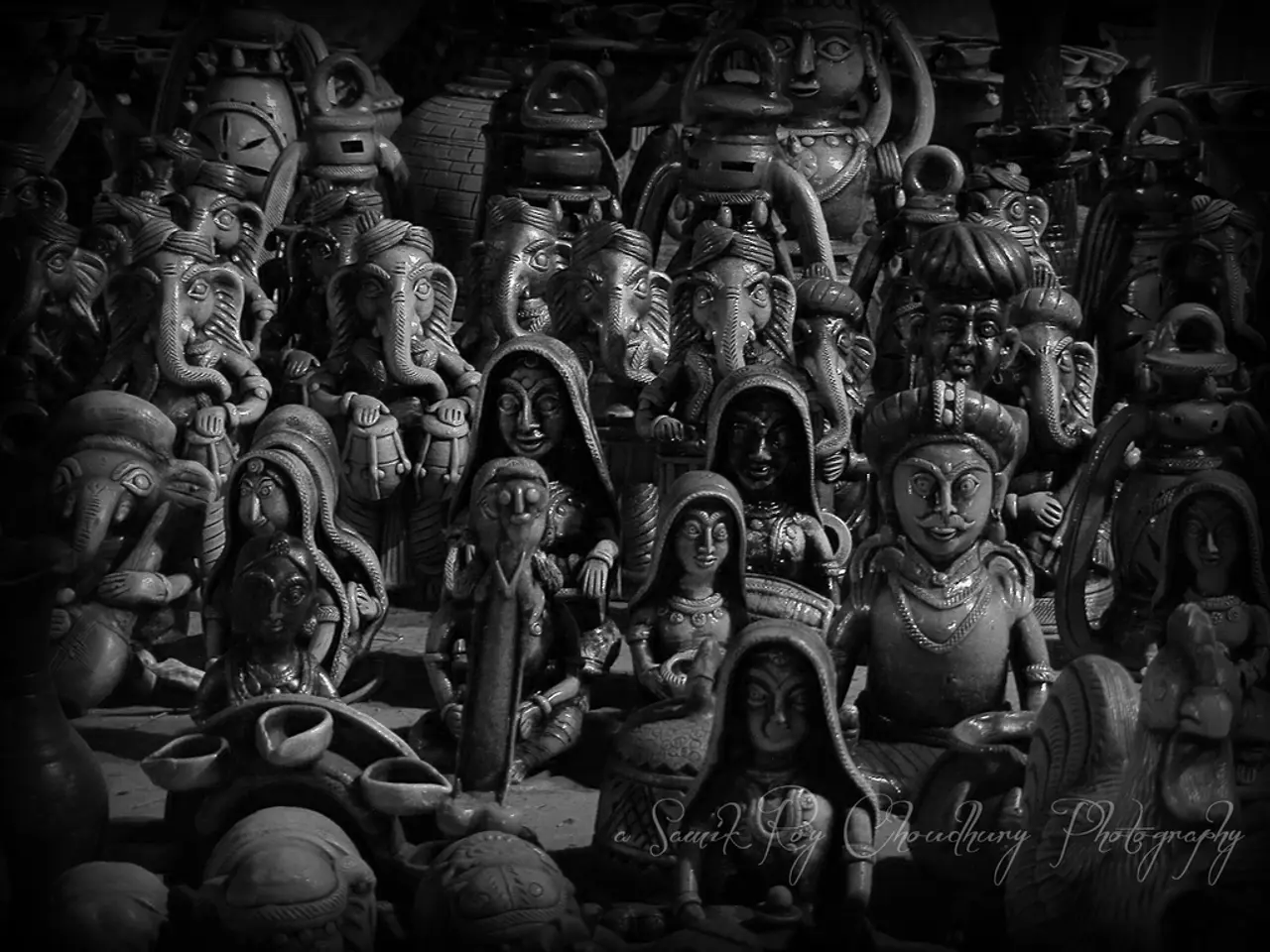Festival of Janmashtami in Kashi (Varanasi) and Mathura: Insights into the Religious Atmosphere at these Spiritual Cities for Travelers
Janmashtami, the birthday of Lord Krishna, is celebrated with great fervor in two of India's most sacred cities: Mathura and Kashi (Varanasi). Each city offers a unique experience, reflecting their distinct cultural and spiritual identities.
Mathura: A Vibrant Celebration of Krishna's Birthplace
Mathura, traditionally believed to be the birthplace of Lord Krishna, hosts an elaborate and immersive Janmashtami celebration. The festival centerpiece is the Janmasthan Temple complex, located at Krishna's exact birth site. Here, the midnight abhishek (ritual bathing) of Krishna's idol is performed with conch shell blowing, bells, and chanting.
The city and surrounding Braj region, including Vrindavan, are adorned with flowers, lights, and rangolis. Raslila dance dramas and Dahi-Handi enactments portraying Krishna's life are common. Devotees fast, sing bhajans, perform parikrama (circumambulation), and enjoy local sweets like makhan mishri and Mathura peda. Children participate by dressing as Krishna, Radha, or Balarama.
Kashi: A Spiritual and Devotional Celebration
In Kashi (Varanasi), Janmashtami is more integrated into the city's predominantly Shiva-focused spiritual calendar. While Kashi hosts Janmashtami celebrations at temples such as ISKCON Varanasi with midnight pujas marking Krishna’s birth, the mood is generally more restrained and devotional compared to Mathura's exuberant festivities.
The focus here is on spiritual rituals rather than large-scale cultural performances. Travellers find a continuous flow of pilgrims at ghats, early-morning rituals, and quieter but formidable midnight pujas in ISKCON and small Krishna temples.
Travel Considerations
For those planning to visit Mathura and Vrindavan, expect swarms of crowds, colourful evenings, theatrical street performances, enchanting midnight aartis at temples, abundant stalls selling prasad, sweets, and devotional paraphernalia. It's an ideal destination for cultural tourists, families, festival enthusiasts, and those seeking an immersive devotional experience.
Kashi, on the other hand, draws tourists seeking a more solemn spirituality. It is preferred by those who are drawn to Varanasi's historic Ganges, ongoing ritual life, Shiva-Krishna syncretism, and smaller, more personal Janmashtami celebrations.
In terms of travel, both cities are well-served by rail, road, and air. Mathura's Mathura Railway Junction connects to Delhi, Agra, and other major cities, and the nearest airport is in Agra. Reaching Varanasi (Kashi) is also straightforward, with the city centre accessible from the station by cab or auto-rickshaw.
Whether you walk the crowded lanes of Braj or offer prayers by the Ganga, Janmashtami in these cities is a profoundly moving ritual journey, where faith, history, and culture converge. Whether you seek a dramatic, vibrant festival with deep Krishna lore and visual celebrations or a more solemn, ritual-centric Janmashtami amid rich overall spiritual heritage, both Mathura and Kashi offer unique and unforgettable experiences.
Traveling to Mathura or Kashi during Janmashtami offers an exciting opportunity to experience unique lifestyles and travel experiences. In Mathura, the festival is characterized by vibrant celebrations, such as the grand Janmasthan Temple complex, Raslila dance dramas, and Dahi-Handi enactments. For those seeking a more spiritual and devotional experience, Kashi's Janmashtami celebrations are integrated into its predominantly Shiva-focused spiritual calendar, providing a quieter yet formidable atmosphere. Whether you're traveling for culture, spirituality, or to immerse yourself in Krishna lore, both cities offer unforgettable experiences that reflect their distinct identities.




